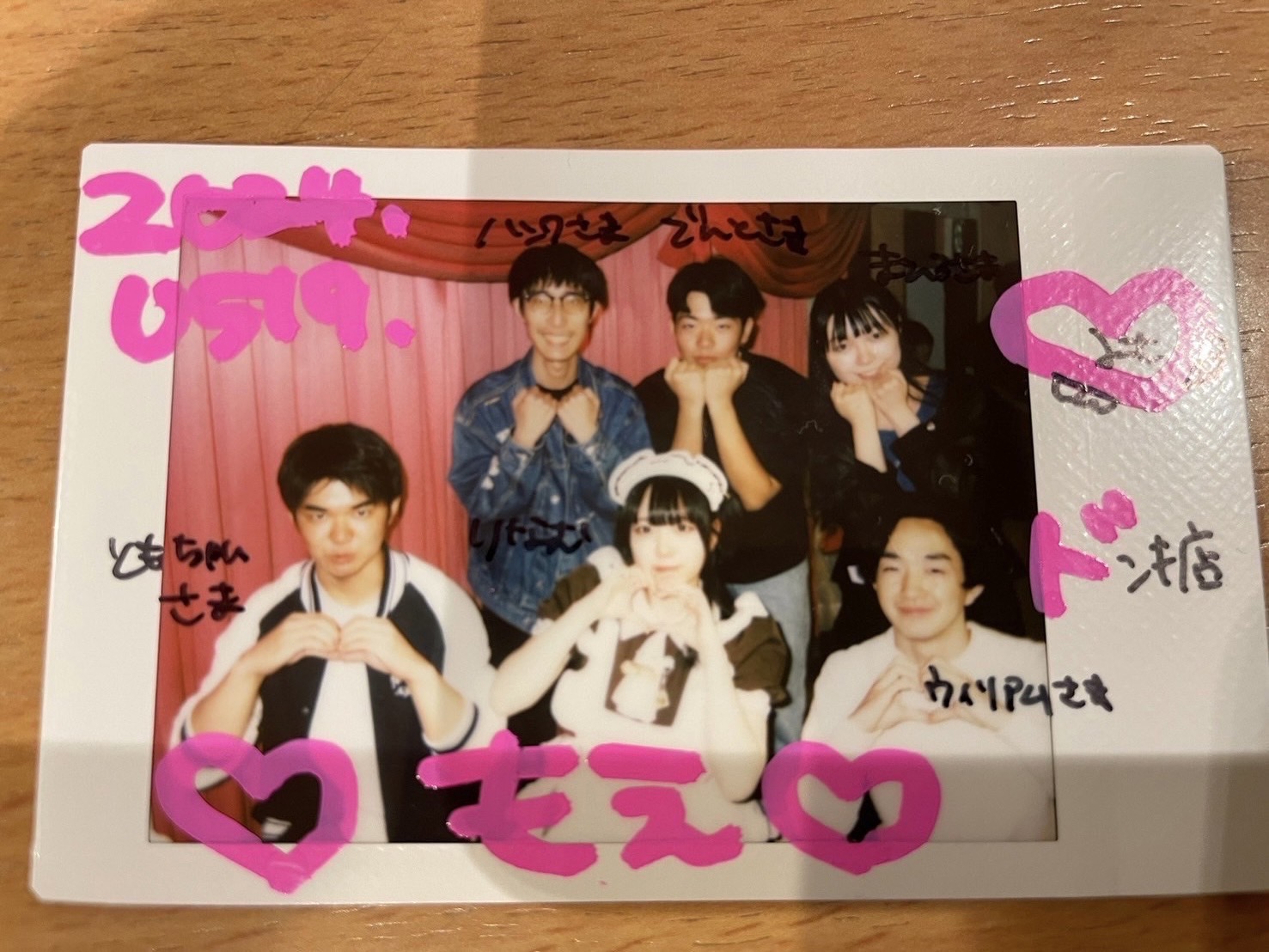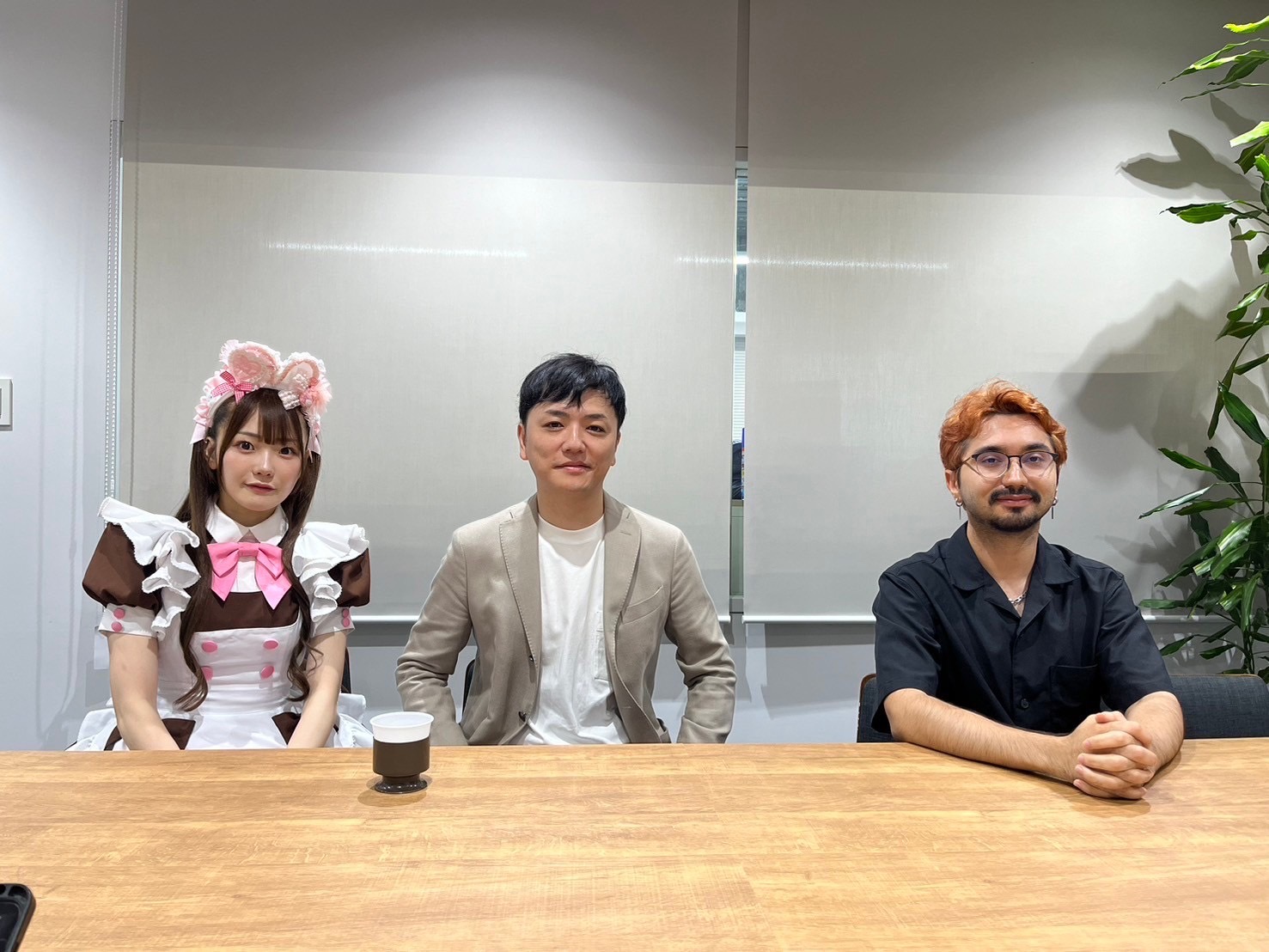Patisserie contributing to protection of environment
Tokyo’s fashion center, Harajuku Omotesando. Can you believe that beekeeping is taking place in the middle of such a city? “Actually, there is a lot of nature around here.” Ms. Kawabe, who works as a beekeeper, says. A cake shop ‘Colombin’ keeps honeybees on the rooftop of the main salon building in Harajuku. Everyone walking down the streets does not expect that beekeeping is going on here.
Colombin, founded as a cake shop in 1924, started beekeeping about 9 years ago. This company, which sets social contribution as the management philosophy, has donated vaccines to developing countries over the years. The beekeeping was newly started among those works.
Dating back to 2006, four years before having an apiary on the rooftop, the prevalence of unknown phenomenon called “Colony Collapse Disorder (CCD)”, which caused a massive disappearance of bees overnight, has been observed in the United States and has expanded worldwide.
The phenomenon led to a dramatic decline in the number of bees. Colombin took this problem seriously and began keeping bees contribution to the society for that they are crucial for both natural environment and agricultural production.
At start, beekeeping began with small number of honeybee colonies as merely for social contribution purpose, but now it has expanded its scale so that it can steadily provide honey used for making pastry. On August 3rd, 2018 (the Honey Day), bottles full of Harajuku-honey harvested at the beginning of that year were sold as ‘Nouveau’.
There are approximately two different types of beekeeping, the migratory beekeeping and stationary beekeeping. The former focuses on specific nectar sources and the beehives are continuously transferred by truck, so as to fit the season when the flowers bloom.
Honeys named after certain types of flowers such as Acacia and White clover are respectively made, and such honeys are, as you might imagine, called mono-floral honey. The latter is to yield honey in the fixed site throughout the year as Colombin does on the rooftop. The foraging range of honeybees is mainly a few kilometers from the hive, making all the nectar plants within the range the resources to produce honey.
That includes any flowers in the Meiji Shrine, Aoyama Park, or even the gardens of houses, which results in the difference in taste and aroma depending on the regions and seasons. Generally, the shade of honey becomes darker from spring to autumn.
There have been some struggles that are specific to urban beekeeping. The biggest issue is that quite a few people are afraid of bees. For example, honeybees have the biological characteristic that there can be only one queen bee in a hive.
When a newborn queen appears, the former takes a half of the worker bees to leave with her to make a new hive in a different place. This has actually happened only once in the past. The bees made a swarm on one of the Zelkova trees in front of the shop along Omotesando street and they had to catch all the bees including the queen.
To avoid this traumatic situation, apiarists keep their eyes on their bees all the time. It is indeed their duty to protect not only people but also their bees. By the way, honeybees die once they sting and so rarely attack people unless they feel endangered.
Colombin has participated in some events and welcomed visitors to their apiary to let people feel close to the honeybees and know its attractiveness. A bee character “Harajuku Miccolo” emphasizes how pretty honeybees are.
In the visit here, you can closely observe the way of bees’ lives which you rarely see in daily life. You can distinguish male bees and a queen bee from a group of bees based on the difference of the facial features with close observation. Honeybees can tell others the distance and the direction to the nectar sources with the behavior called “waggle dance”. A close observation of the hives allows you to understand the process of making honey.
You can enjoy the honey produced on the rooftop by eating the Colombin’s confectionery. The employees engaged in the beekeeping hope that you will enjoy the taste of the honey changing from season to season and you fall in love with honeybees. They began the beekeeping as contribution to society, and they aspire to continue for a long time. “We are going to live up to the expectations of the people who enjoy our confectionery as well as promoting honeybees.” Listening to them, we felt full of their love for bees.

Written by Takeru Suzuki, Saya Takeda, Yusuke Kazamaki
Edited by May Emilie Courquin


